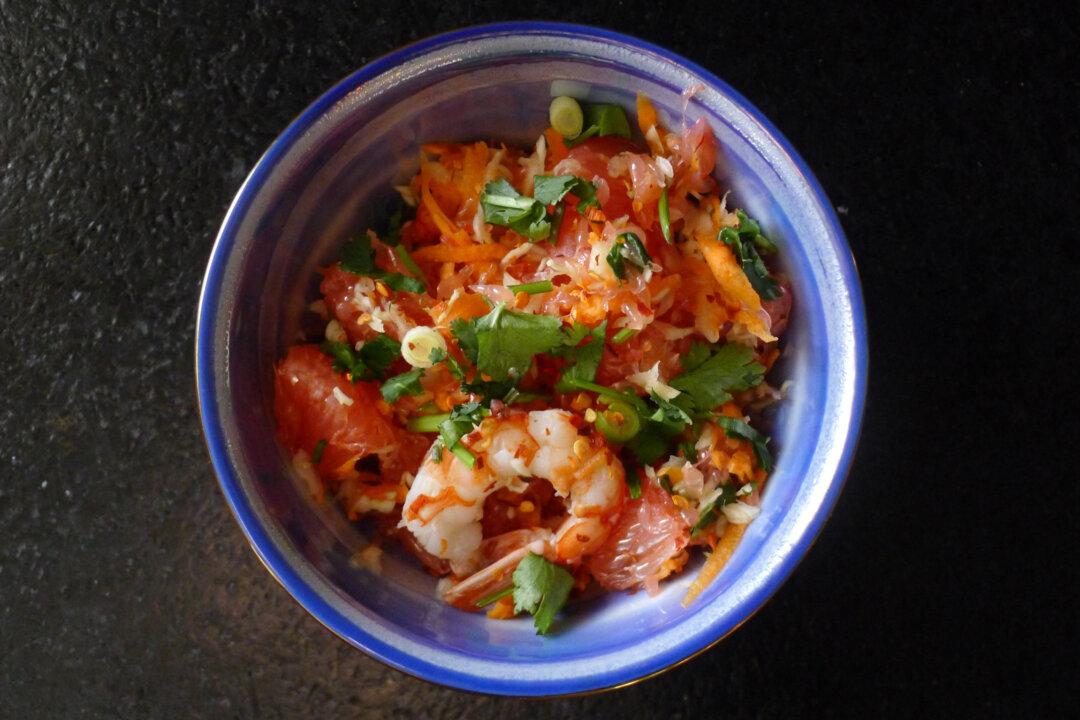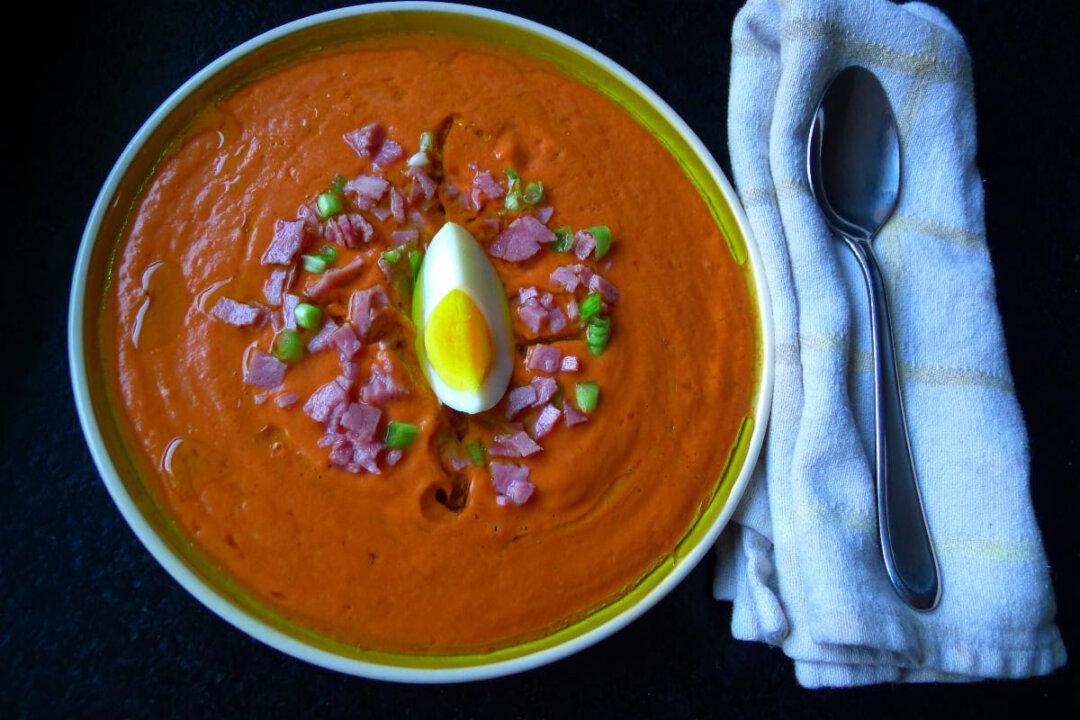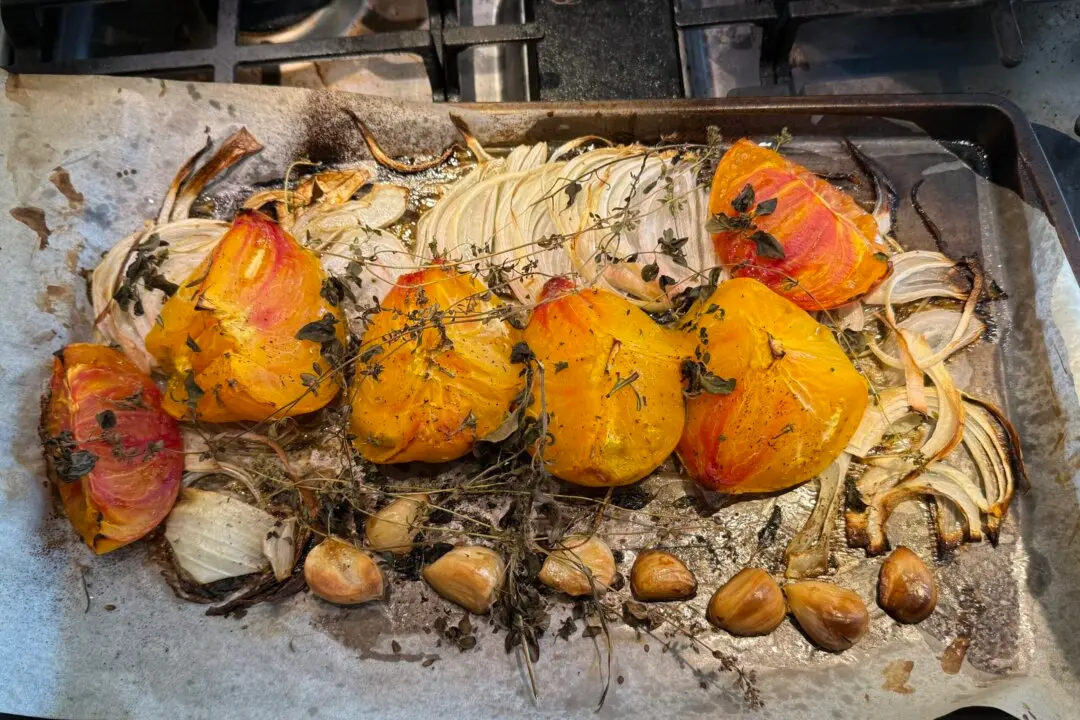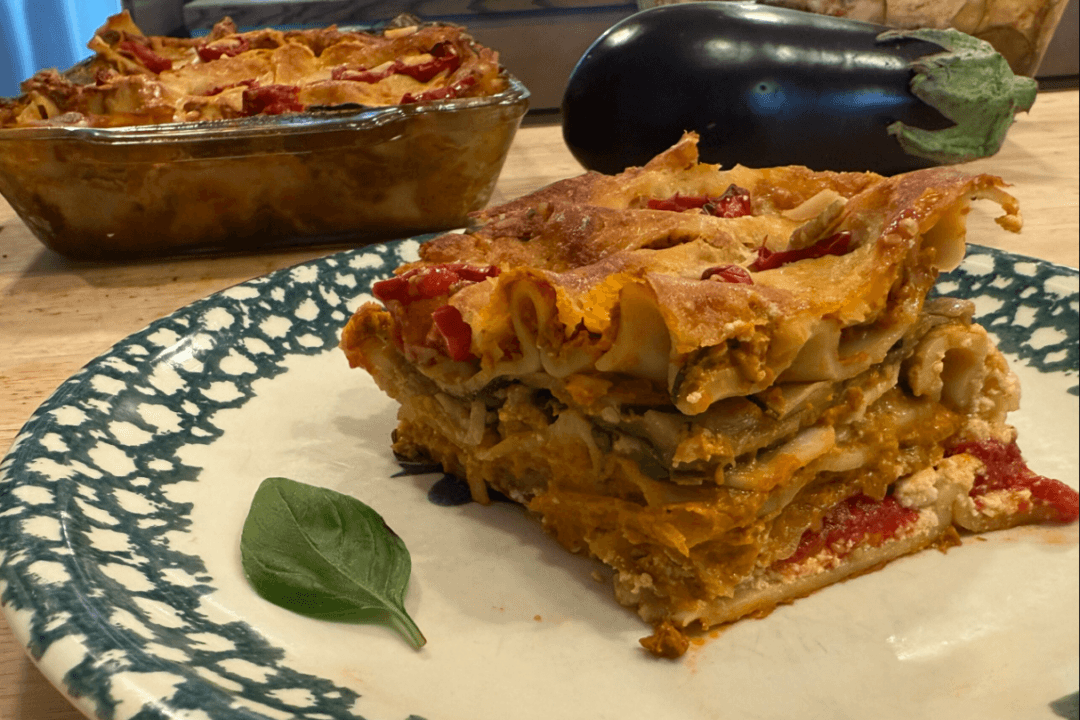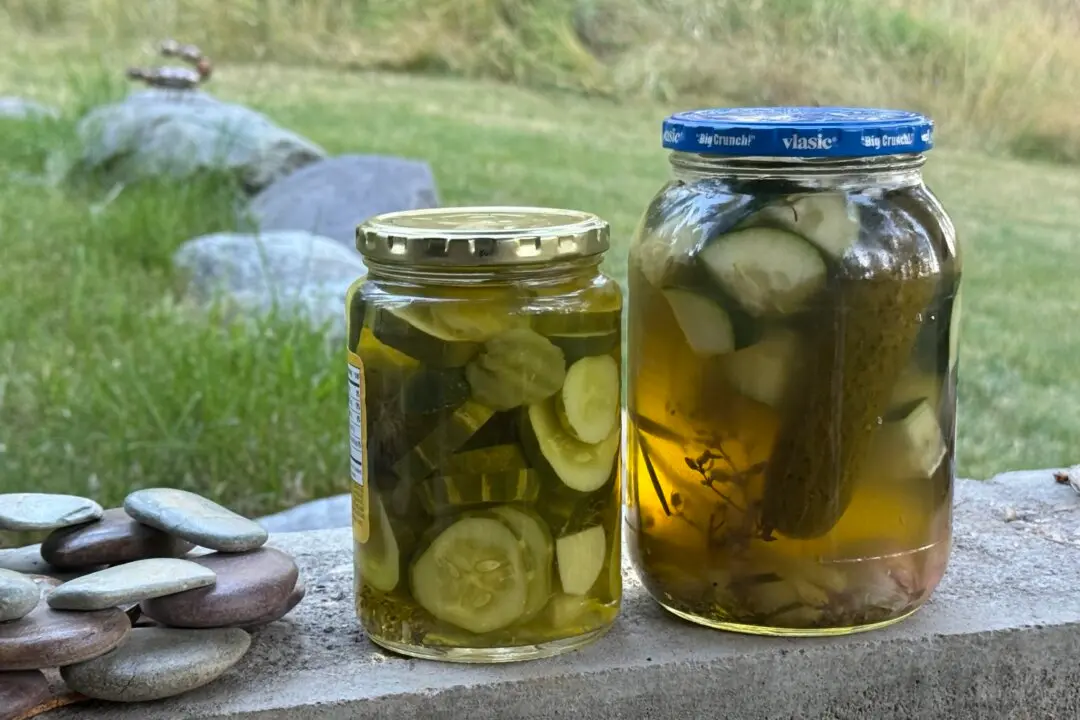Texas grapefruit are in season and on sale at my local bodega. The ruby-fleshed, bittersweet orbs looked shrunken and beat up, which is not necessarily a bad thing. On the contrary, it may mean they are ripe.
My dad made sure his son knew how to choose a grapefruit, and he would have been excited by the contents of this bin. His technique is to press on the bottom—if the skin feels thin and you can press it in, it’s ready. If the skin feels thick and spongy, it’s not perfect. In my experience as a grapefruit chooser, the old, dented grapefruit like the ones I was digging through often fit that bill. I gently prodded the bottoms of these marginal looking grapefruit until I had about 15.

